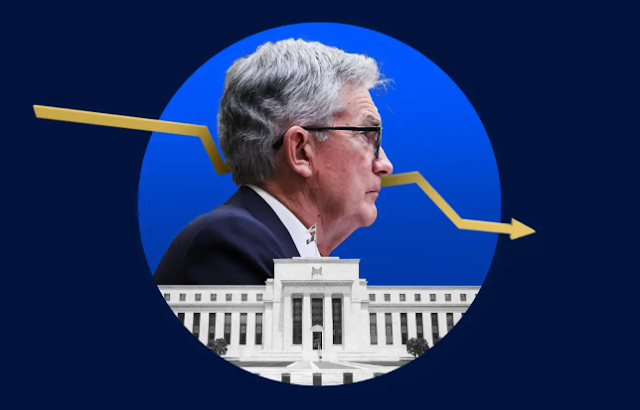A Major Policy Shift Toward Crypto Innovation
In a major policy shift, the Federal Reserve has formally withdrawn previous guidance issued in 2022 and 2023 that had required U.S. banks to seek approval or provide prior notice before engaging in cryptocurrency and stablecoin-related activities.
This move signals a regulatory softening in the U.S. approach to digital assets and could usher in a new era of openness for banking institutions looking to participate more actively in the crypto economy.
From Restriction to Opportunity: A Regulatory Reversal
The withdrawn guidance known as SR 22-6 and SR 23-7 was originally implemented in response to the rapid expansion of digital assets and concerns about consumer protection, financial stability, and risks like money laundering and fraud. Banks were required to obtain explicit Federal Reserve approval before launching any crypto-related operations.
However, in a statement this week, the Federal Reserve explained that the previous measures are no longer necessary, citing evolving market conditions and a revised approach to innovation oversight.
“The Federal Reserve remains committed to a balanced regulatory framework that encourages responsible innovation,” the statement read. “We are confident that existing risk management expectations, along with standard supervisory procedures, are sufficient to address the current level of activity in digital asset markets.”
Impact on U.S. Banks and the Crypto Sector
The immediate effect is the removal of a major administrative hurdle for banks wishing to explore blockchain-based financial products or partner with crypto-focused fintech firms.
Analysts predict this could lead to a surge in institutional participation, particularly in areas such as:
- Crypto custody services
- Payment processing solutions
- Asset tokenization
- Stablecoin issuance
Previously, banks were bogged down by a complex process of notifications, risk evaluations, and long waiting periods. Critics argued the guidance put U.S. institutions at a competitive disadvantage compared to international banks operating in more crypto-friendly environments.
“The removal of these constraints opens the door for innovation and competition,” said Karen Millstone, financial policy analyst at the American Blockchain Institute. “We could see more banks launching digital asset custody services, facilitating crypto payments, and exploring real-world blockchain use cases.”
A Shifting Regulatory Landscape
The Fed’s move comes amid broader regulatory recalibrations across U.S. agencies:
- Earlier this year, the SEC refined its stance on the classification of certain digital tokens.
- The CFTC has expanded its oversight of crypto derivatives markets.
- Meanwhile, bipartisan efforts in Congress aim to introduce a comprehensive digital asset regulatory framework to unify and clarify U.S. crypto policy.
Experts see the Federal Reserve’s decision as part of a trend toward a more pragmatic regulatory approach that recognizes innovation cannot be stifled by outdated restrictions.
Spotlight on Stablecoins
While the rollback affects the entire crypto sector, its impact on stablecoins could be particularly significant.
Major U.S. banks had previously shown interest in issuing their own stablecoins or partnering with issuers, but regulatory uncertainty had largely frozen those initiatives.
With the earlier guidance rescinded, banks may now revisit stablecoin projects for:
- Real-time settlement
- Cross-border payments
- Decentralized finance (DeFi) applications
However, caution remains essential.
“The guidance withdrawal doesn’t mean a free-for-all,” said Joseph Adler, former regulator turned consultant. “Banks must still maintain strong risk management, AML, and KYC compliance standards.”
Industry Reaction: Cautious Optimism
The crypto and financial sectors have broadly welcomed the Fed’s announcement.
Major players like J.P. Morgan, which operates the Onyx blockchain-based payment platform, praised the shift as aligning with the global trend of integrating digital assets within regulated frameworks.
Regional banks, many of which had paused crypto initiatives pending regulatory clarity, are also expected to re-enter the space.
A Potential Turning Point for Digital Finance
The Federal Reserve’s decision to rescind its previous crypto guidance could mark a pivotal moment for digital finance in the United States.
As traditional institutions gain greater freedom to engage with crypto and blockchain technologies, the lines between conventional finance and the digital asset economy continue to blur.
While regulatory and economic challenges remain, this latest move signals a growing recognition of crypto’s long-term role within the financial system and a willingness to adapt without compromising oversight and security.
For now, one thing is clear: U.S. banks are officially back in the crypto game.














